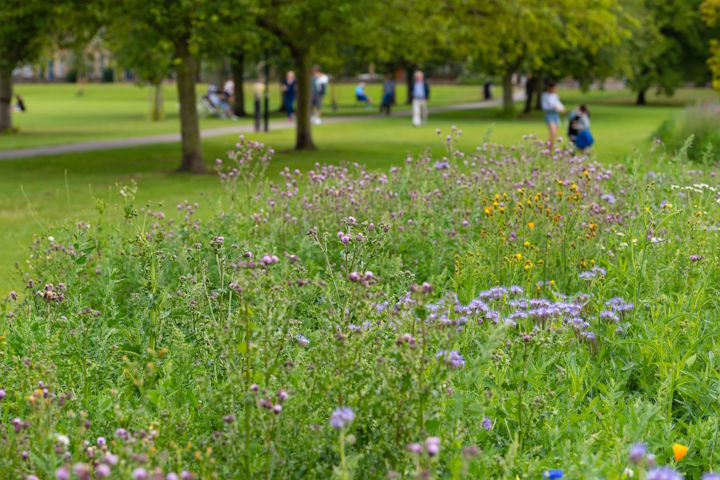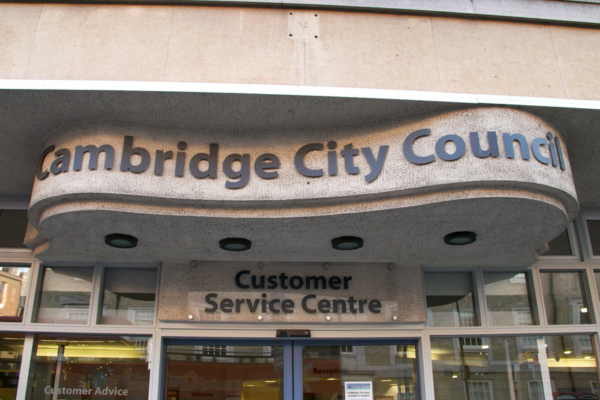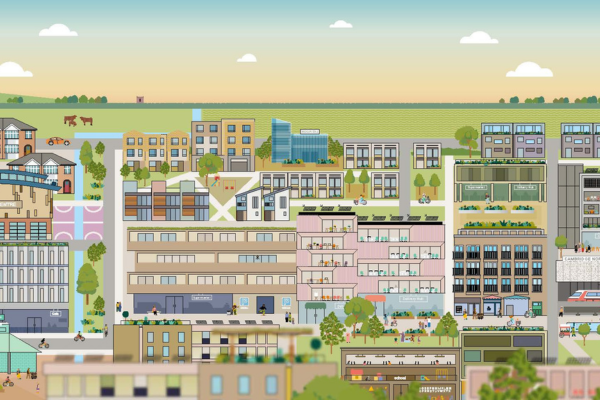We declared a biodiversity emergency to save our wildlife.
We are making our road verges, parks and open spaces more wildlife friendly.
Frequently cutting grass very short might look tidy but this has minimal benefits for wildlife. Allowing grasses to grow and be more meadow-like helps wildlife.
Animals and plants benefit from areas of meadow-like grassland. More wildflowers will grow, produce seeds and increase year-on-year.

Long grass areas offer safe refuge for insects to lay their eggs and complete their life cycles. Meadow-like grassy areas host high numbers of earthworms and improve soil quality.
Longer grass areas form important nature networks creating corridors between our core sites such as nature reserves and commons. Mammals, amphibians, reptiles and birds can feed on the insects and seed source and migrate along the wildlife corridors undisturbed.
Changes to grassland management help wildlife and mitigate against the effects of climate change. Species-rich grassland store more carbon than species-poor grassland.
Every small patch of grassland adds up to make a big area for wildlife in our city.
Map of long-grass areas
Long-grass areas



